Have you ever taken a bite of a thawed strawberry only to question its state? It looked perfectly fine when putting it into the freezer; bright red and firm. After months in the freezer, strawberries transform from soft and pliable to a softened, mushy state waiting in a brine of its own liquid.
Preservation does this to food ‘s textures, and it isn’t just strawberries that suffer the consequences, everything does, including meat, fish, bread, vegetables and even cheese.
What happens to the food inside the freezer? Most importantly, how can one embrace the texture altering characteristics of a freezer without abandoning cold leftovers or a stash of pre-frozen mangoes intended for smoothies? Together let’s delve behind the ‘frosty wall’ of the freezer to unravel its secrets.
It Starts The Moment You Drop The Temperature
Freezing food is effectively putting the clock on pause. This is putting water molecules to sleep. While the clock might stop for freshness, texture certainly doesn’t get the same luxury. Almost every type of food contains water and most of the time, that water is present in large amounts. It does not just “sit around.” Instead, it fills the gaps that exist in fibers, cells, and tissues. The moment the temperature drops, those water molecules begin to form ice crystals.
At first, this does not sound dramatic. It’s simply frozen water, right? But the shape and size of those crystals are important. If freezing occurs slowly, like in your home fridge, the crystals grow larger. Slowly expanding crystals are like mini wrecking balls. They poke, push, and eventually destroy the structure of whatever they’re trapped in. When you later defrost that food, while water will change back to its liquid state, the structure of that food will remain damaged. The end result? Sogginess, mushiness, and that strange spongy texture that is not pleasant.
Ice Crystals Break the Rules of Texture
Consider texture as how food holds itself together. Crisp, chewy, flaky, tender; it’s all about structure. When that structure is broken by ice, food acts differently than it did before. That’s why frozen broccoli feels flaccid, once smooth yogurt turns gritty, and meat no longer has that snap, instead becoming a memory rather than a meal.
It’s more than just unpleasant, it’s chemistry. Large ice crystals break cell walls. When food is thawed, those walls do not bounce back. They leak. They collapse. And what you’re left with is off textures because, well, they are off.
The truth is, freezing preserves food very well, but making food maintains food’s original condition is a different story. Food that get’s damaged the most is often the one you least suspect, like fruit that went in pristine shap and came out in a terrible state.
Fast Freezing Helps, But Home Freezers Aren’t Built For It
The text highlighted differences in how various food items respond to freezing whilst explaining why certain freezing techniques work better than others.
It was stated that food scientists had conducted studies which showed how the rate at which freezing is done affects the formation of ice crystals and the preservation of structure. Food flash freezing techniques are far better than ones done at home due to space available in freezers. The rate at which a home freezer cools is comparatively slower, so controlling what goes into the freezer and room temperature provided to cold air will help slightly.
Some Foods Bounce Back—Others Just Don’t
Last but not least, the text mentions that not all foods respond positively to freezing. It can be inferred that more delicate food items such as soft fruits have a harder time remaining intact compared to firmer foods.
Soft and syrupy is how bananas feel while lettuce becomes pale and insipid. As for bread, however, it stays surprisingly strong. If it is wrapped properly, slices can be frozen and later revived in a toaster without any sign of previous freezing. Herbs, when chopped and mixed with olive oil, can be frozen and later placed into a pan without any fuss. While it is true that some foods undergo changes, that does not imply they are rendered obsolete.
Meat and Fish Get Weaker But Still Work
Have you ever defrosted a steak and watched in horror as it spills out a pink-tinted liquid pool? It’s unappetizing for sure, but there is something much worse behind it. The steak’s muscle fibers are clearly going through a breakdown. Muscle tissues are becoming ice crystals which are shredding themselves, and losing moisture in the process. For sure, the steak is not spoiled, but is pretty dry – meaning it will likely cook faster than it usually does because the structure that used to hold it together is now loose.
Fish is not the only one who suffers. Sometimes it can be worse for fish. The layer of delicate muscles will decompose quickly, and that is probably one of the reasons why sushi grade fish is the most precisely frozen then thawed with extreme care. While you can still freeze meat and fish without any worries at home, the expectation of changes is inevitable. While the texture will most definitely not hold up to restaurant standards, it is completely acceptable as long as you are not overly picky about how it’s prepared.
Vegetables Have a Strategy—And It’s Called Blanching
Have you ever bought a bag of frozen green beans from the store and thought they tasted better than the ones you made yourself? Well, there’s a reason for that. In commercial freezing, producers blanch vegetables, which means they briefly boil and then immediately plunge it into ice water. That process locks in color and flavor and helps minimize damage to texture. It obliterates enzymes that would otherwise spoil the food.
When you skip that step at home, your frozen veggies continue to break down inside the freezer. That’s why they come out dull and floppy. The next time you prepare a vegetable stash, remember to give them a quick bath. It doesn’t require much time and yields a more satisfying result.
Dairy Gets a Whole New Personality
Let’s be real: freezing dairy is a gamble. Milk separates, cream curdles, and yogurt just goes weird. Soft cheese? Just… don’t. Because dairy products contain a lot of water and fat, freezing them means the structure won’t hold. You can still cook with it and use frozen milk in baking but the taste will be off if you intend to have it with cereal. The once smooth, creamy texture gives way to a curdled feel.
Hard cheeses do indeed have better shelf lives. A big block of cheddar undergoes changes like any other cheese – it freezes beautifully and tastes just fine when shredded first. But what about cream cheese? And sour cream? They don’t belong in the freezer and certainly do need a place in the fridge. Unless you’re baking a casserole where cream cheese is of no note-like substance, they’ll let you down without fail.
Thawing Is Where the Real Trouble Starts
Settle down. You’d presume the tough part was in freezing. No. The true damage reveals itself through the thawing. If you rush it like readying it in a microwave or running it under hot water, you’re giving all structure the no time needed to adjust. That gives you more leakage, more mush, lesser satisfaction.
The best method to gradually thaw is give it time. Let food sit in the fridge overnight which again might seem boring. Now that is planning ahead. If you forgot all bounds of organization, place sealed food in a bowl of cold water. It’s gentler than heat and far better than what the fridge offers. Kitchen essentials won’t fix everything, but do lessen the shock.
Texture Change Doesn’t Always Mean Ruin
Let’s set the record straight here. A change in food texture does not mean the food is spoiled. A mushy banana is ideal for banana bread, and a soft tomato is perfect for sauces. And that mushy strawberry? Toss it into a smoothie and it becomes undetectable.
It is indeed true that freezing changes food. But with a bit of inventiveness, there is a way to use what you have. While loss of texture can be harsh, change of texture can be in your favor if only you are willing to embrace that. The freezer is not the enemy – it is a tool and like any tool, its usefulness is determined by how it is wielded.
You’re Not Failing—You’re Learning
When frozen food does not come out as intended, many people unfairly blame themselves. They assume they sealed the bag wrong, picked the wrong container, or just do not know how to freeze things. The truth is freezing is not as easy as it sounds. It is quite baffling. Even experienced cooks have unidentified bags stashed away in the freezer. What is important, however, is to learn from what did not work out.
You froze them too much? Just try spreading them out next time. The chicken was chewy? Maybe try brining it before freezing. These small adjustments build confidence over time. And they help your kitchen feel more like an ally than an opponent.
My Opinion
“Freezing” is both an art and a science. Preserving offers convenience, but alters the feel and texture of food. Ice crystals invade everything without permission. However, you are not helpless. The decisions of what to freeze and how allow for the most control. Careful thawing allows for relief in the way frozen goods are still nourishing, even if they no longer retain their former appearance.
Freezing certainly alters textures. Even so, it does not obliterate food or confidence in the kitchen. With the right approach, one successful zip-loc at a time, confidence is attainable.

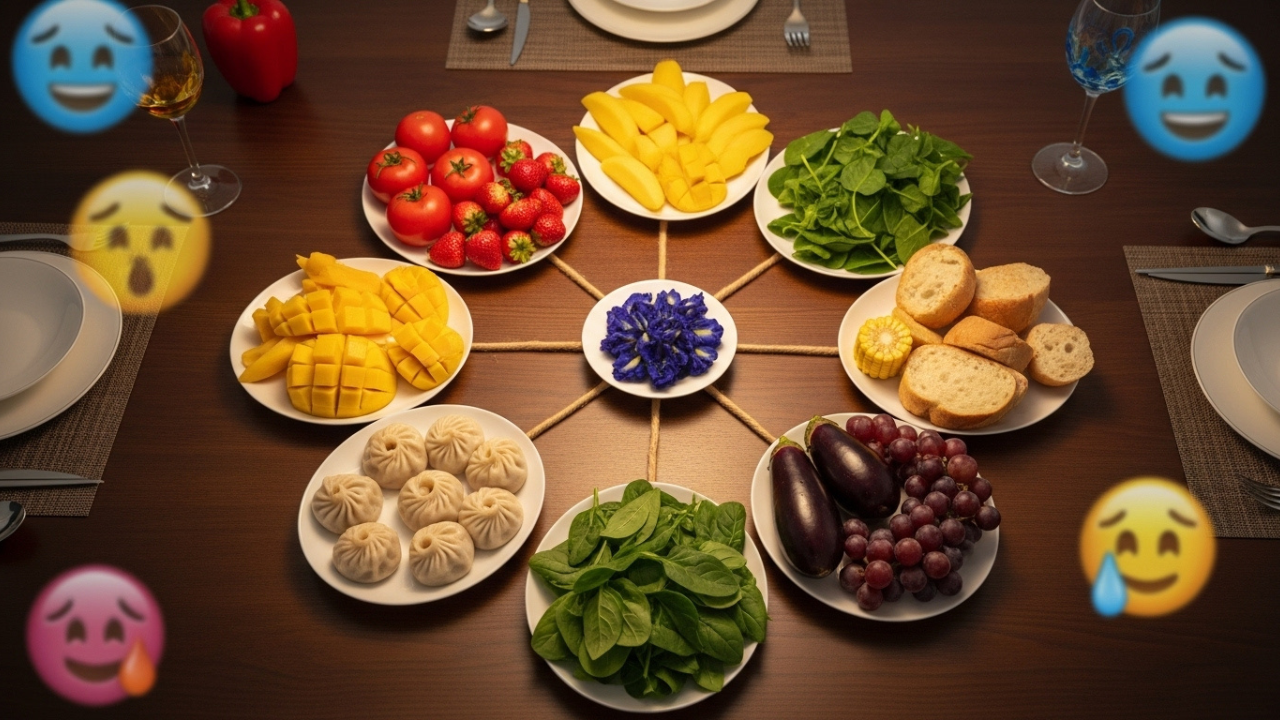
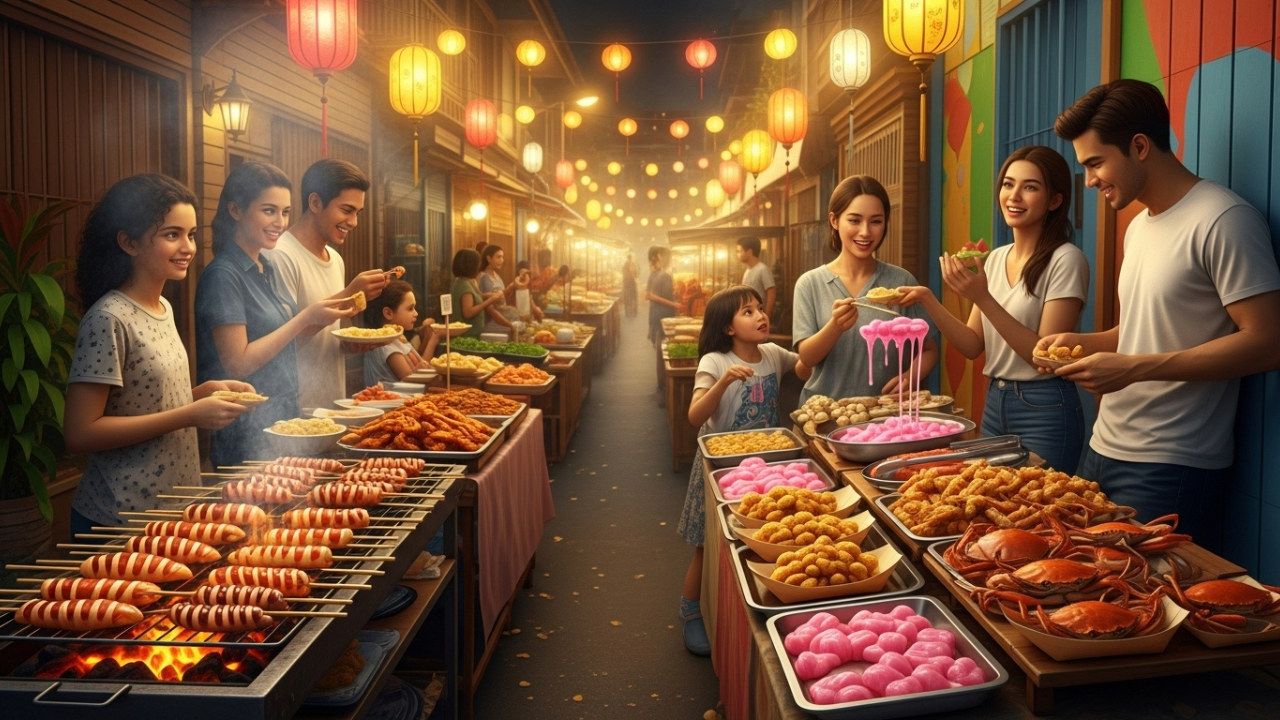





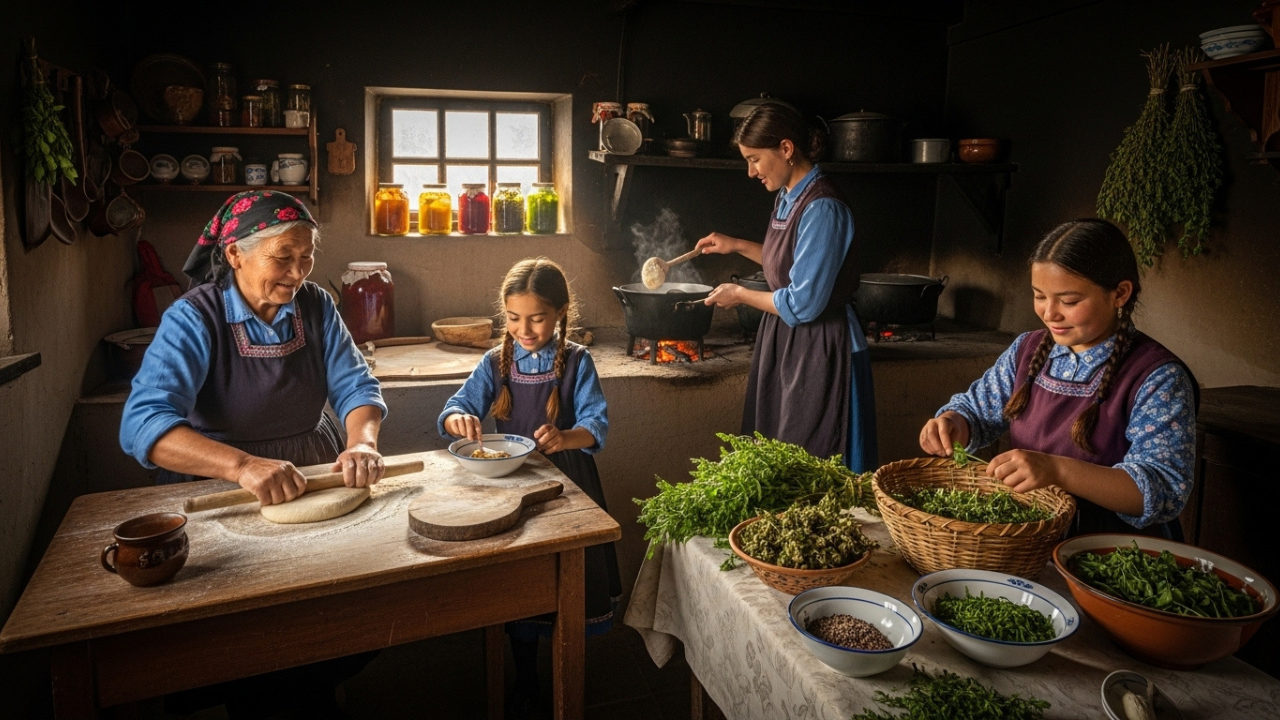
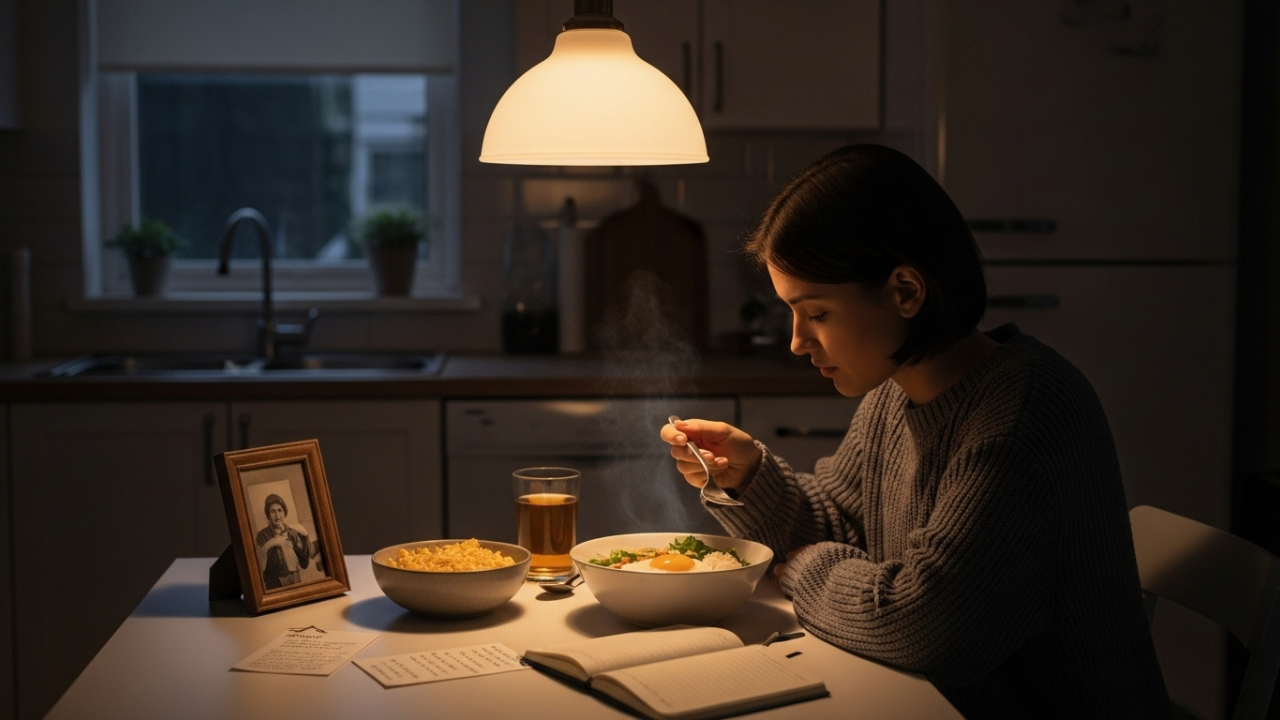

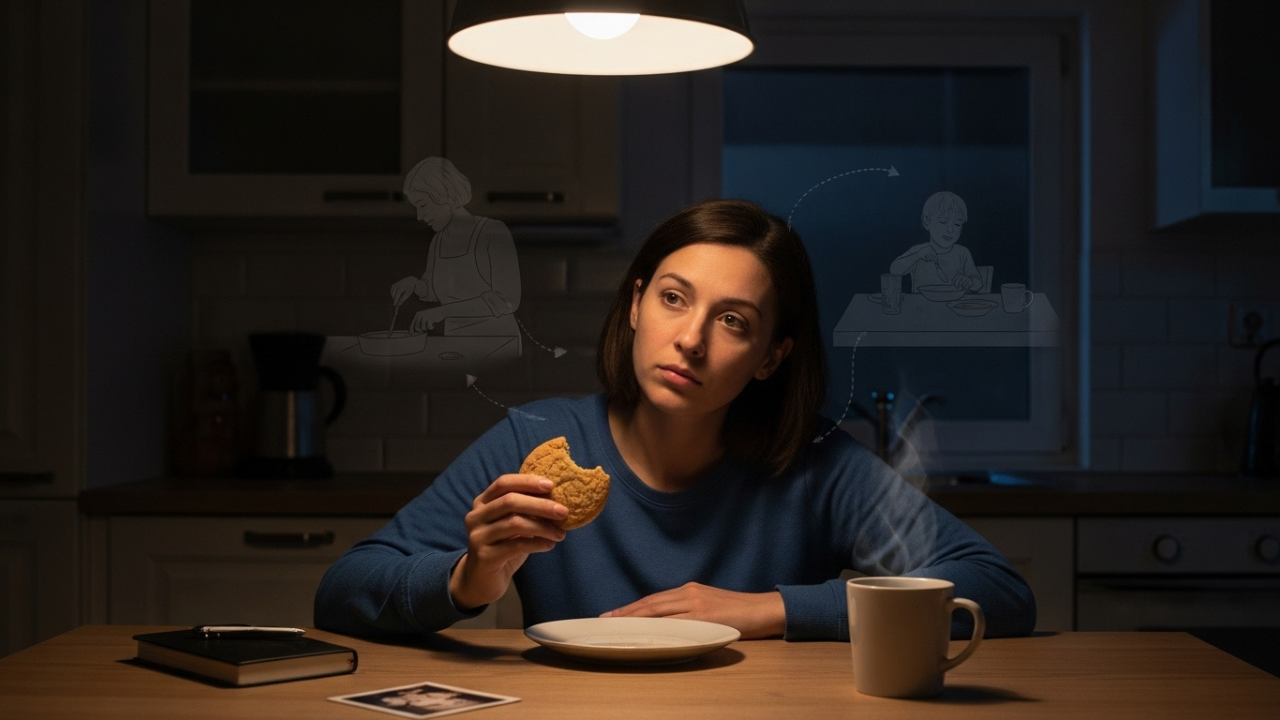
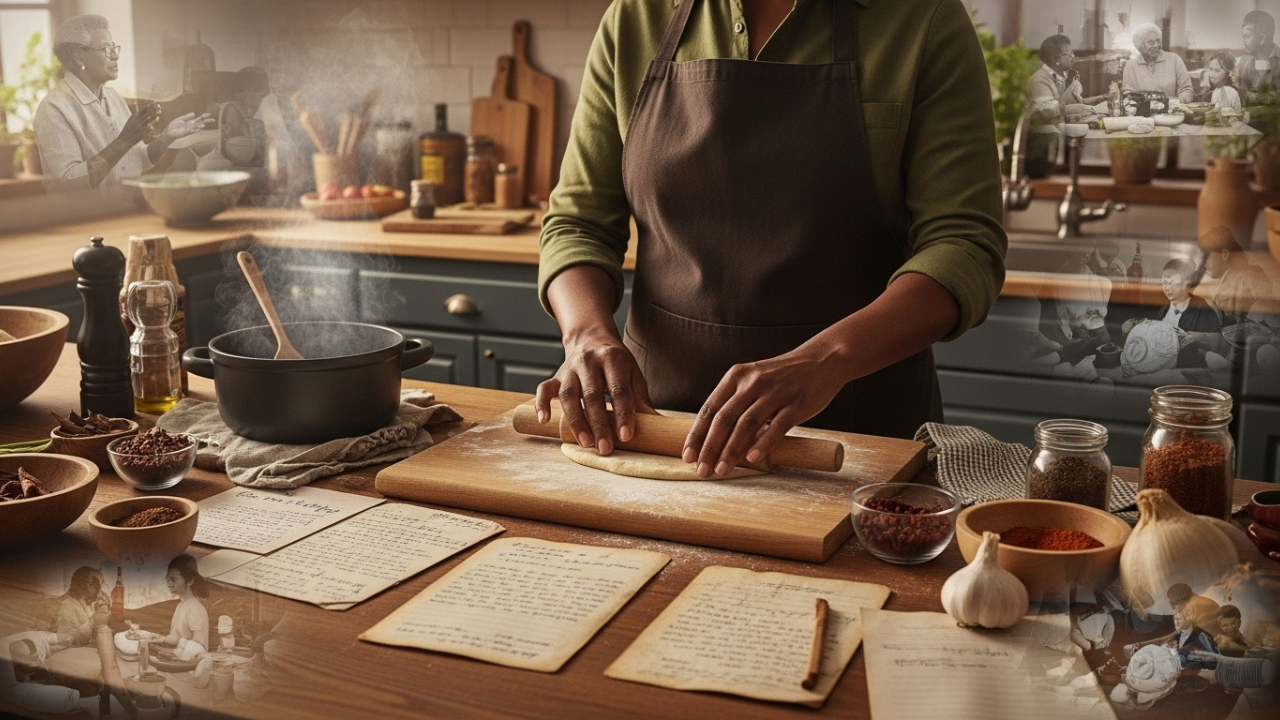
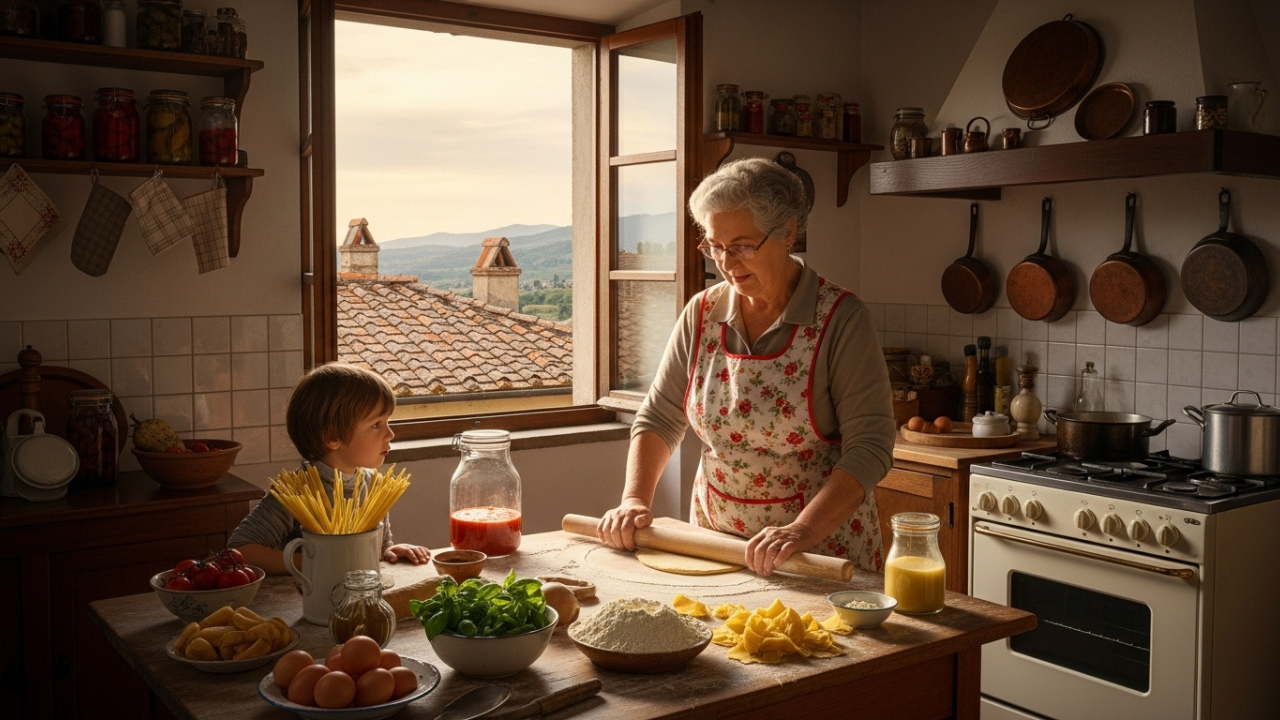


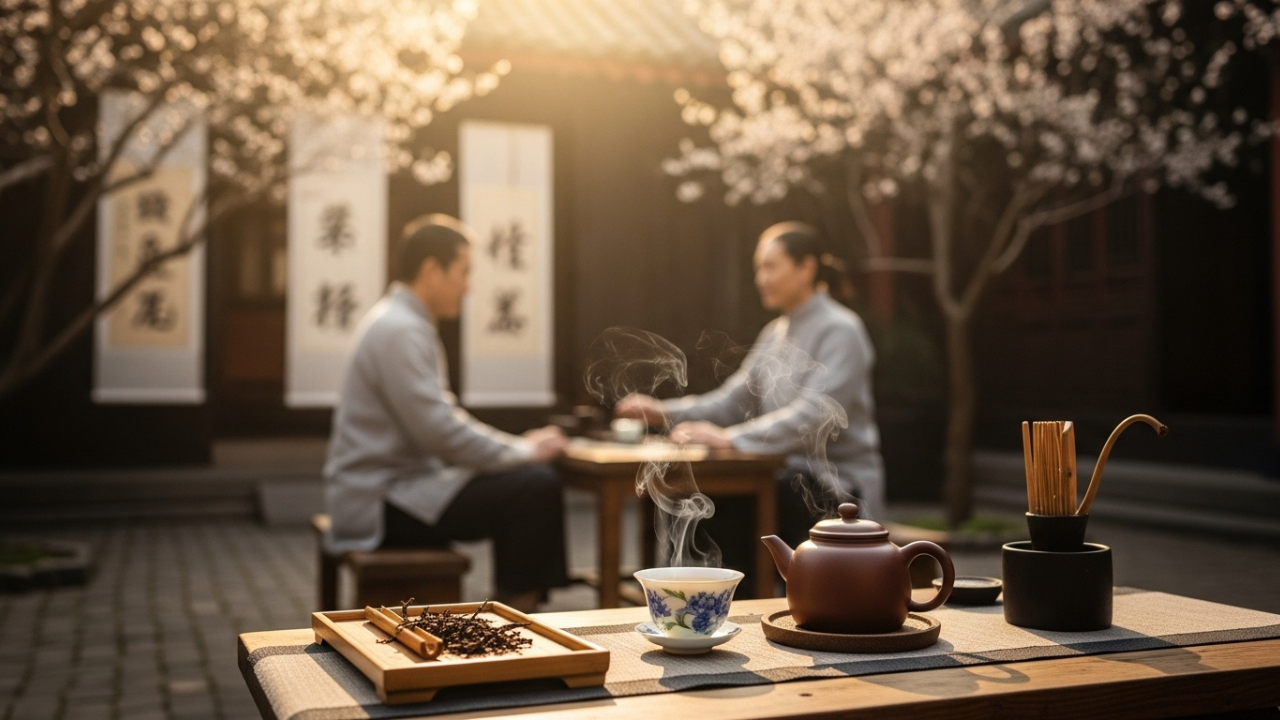

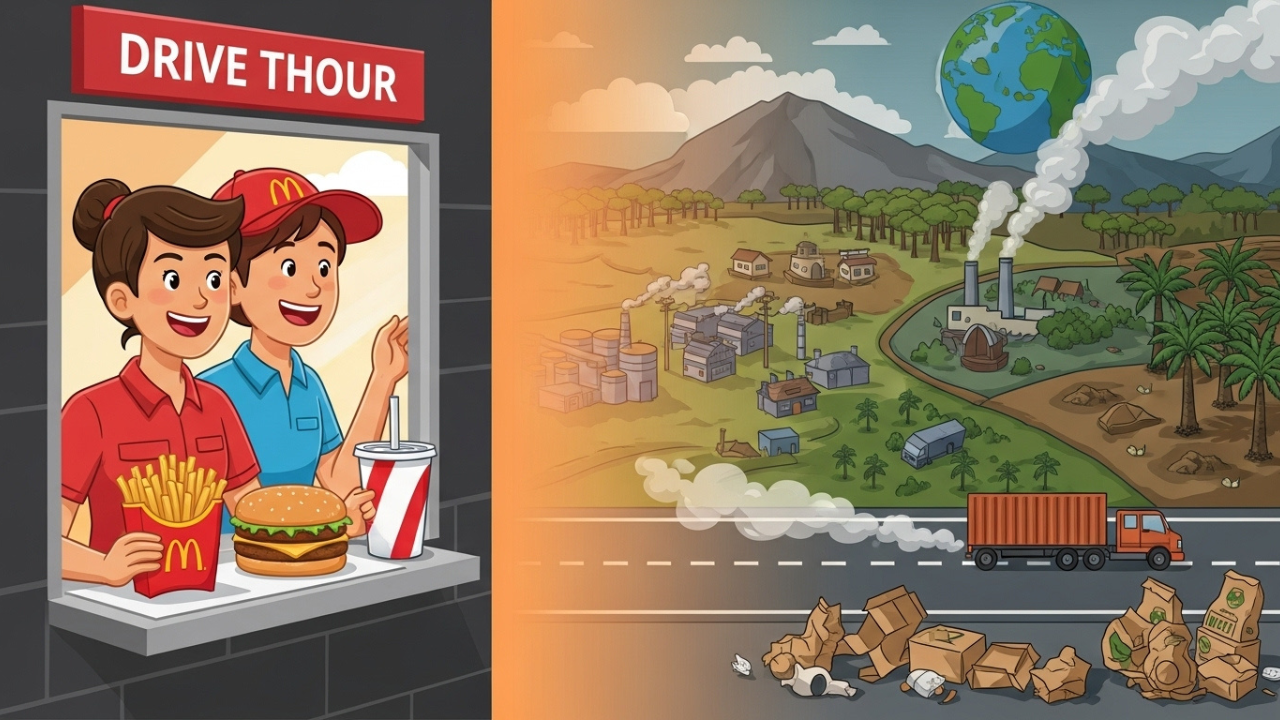
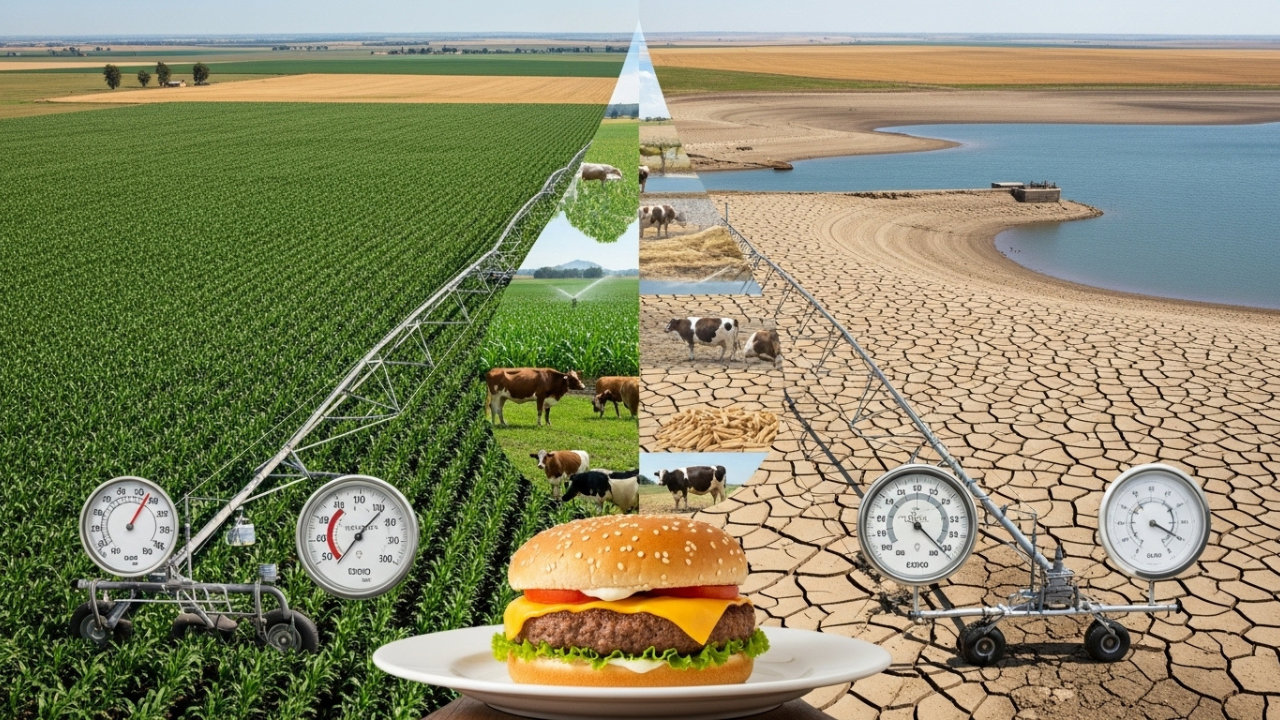

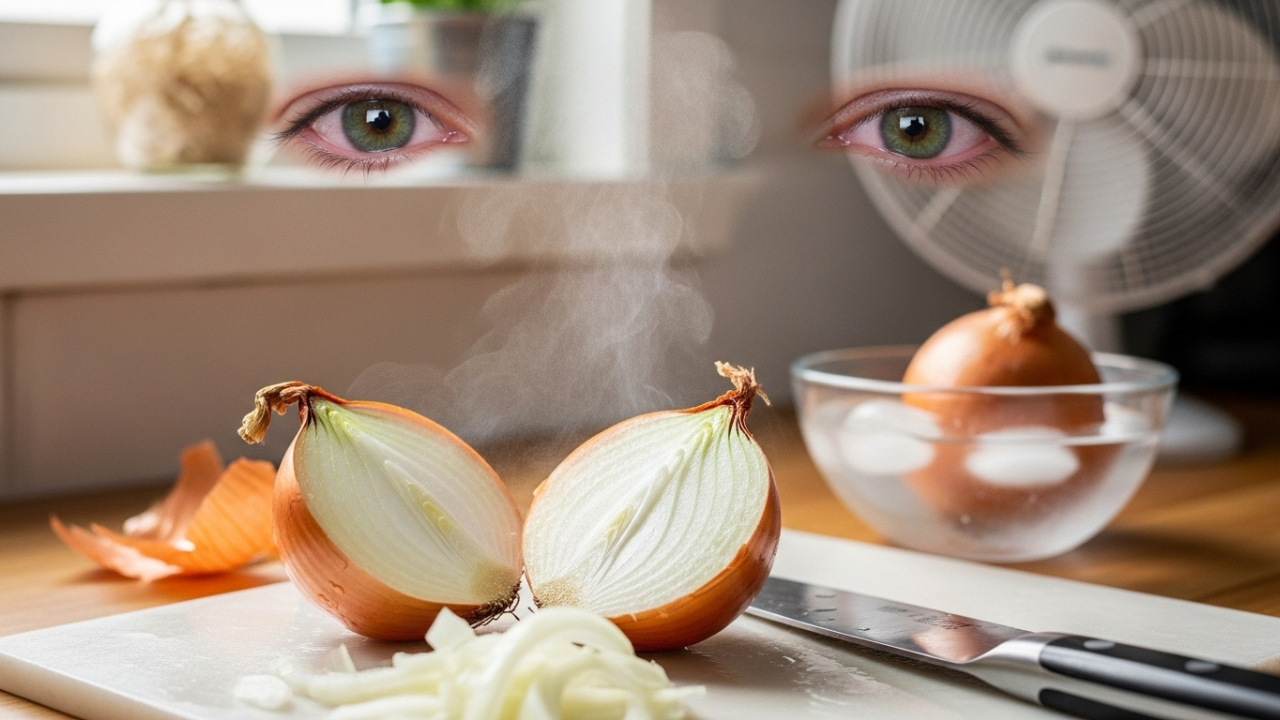


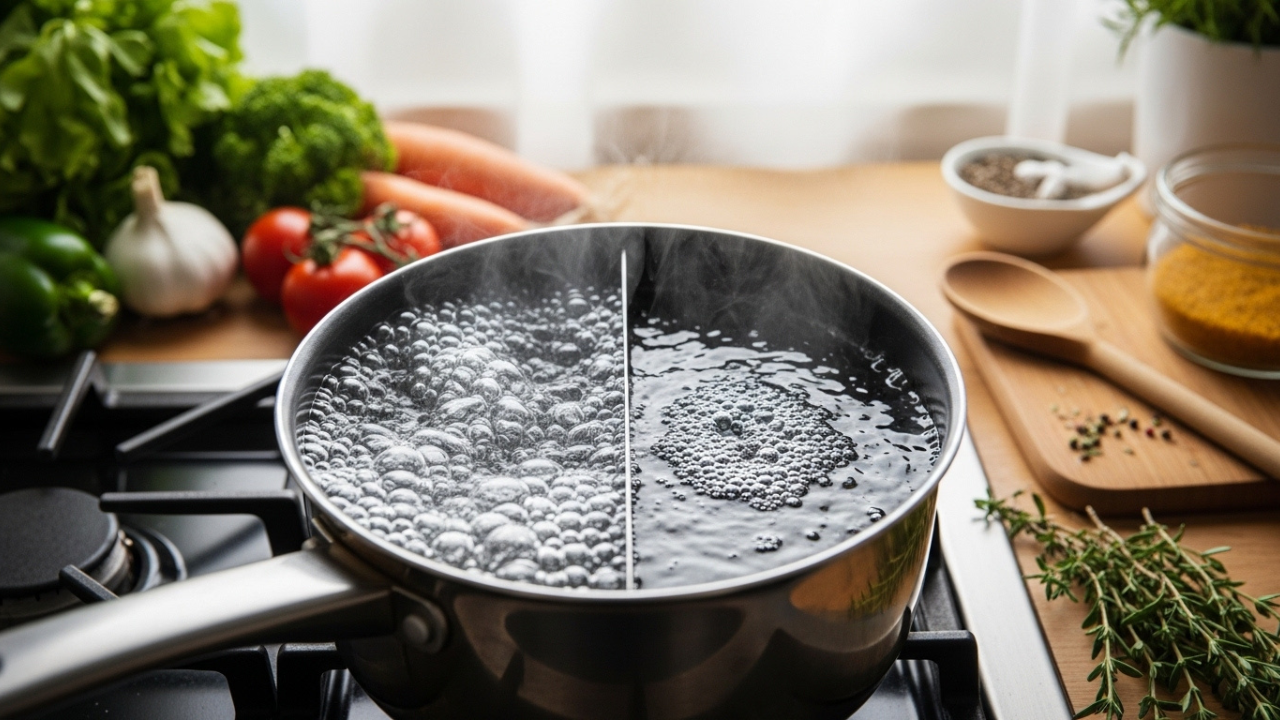
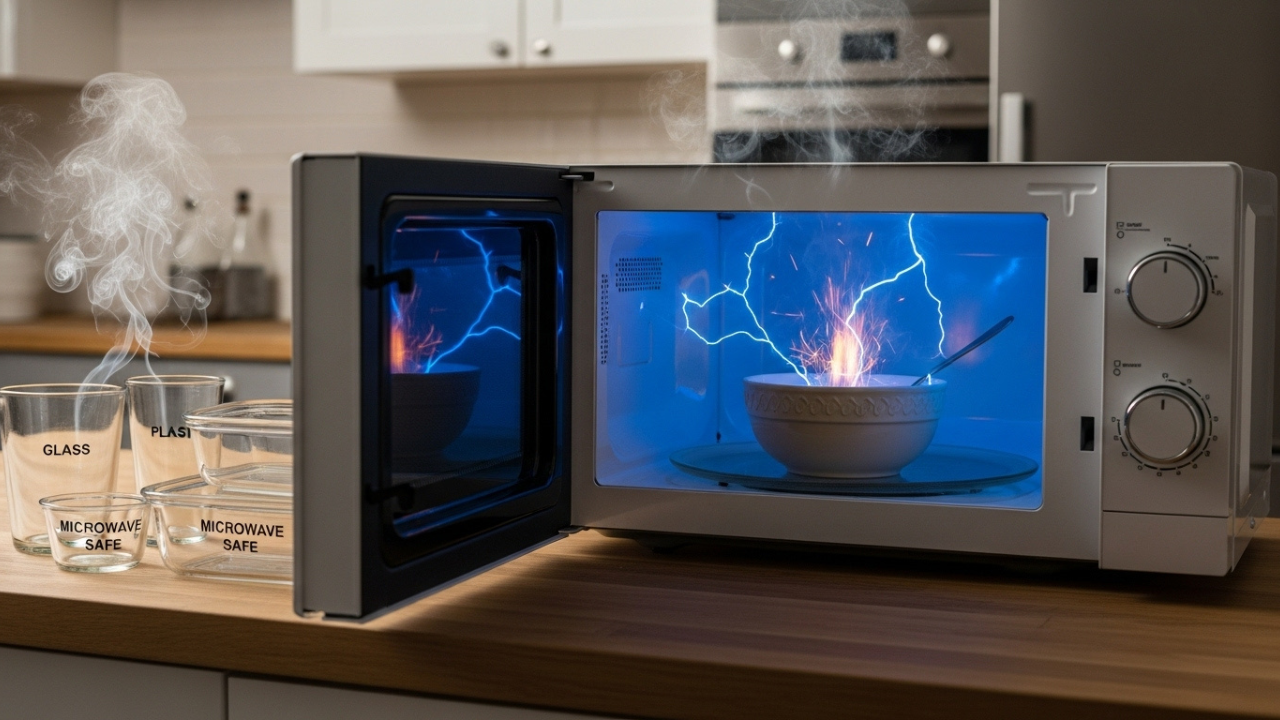
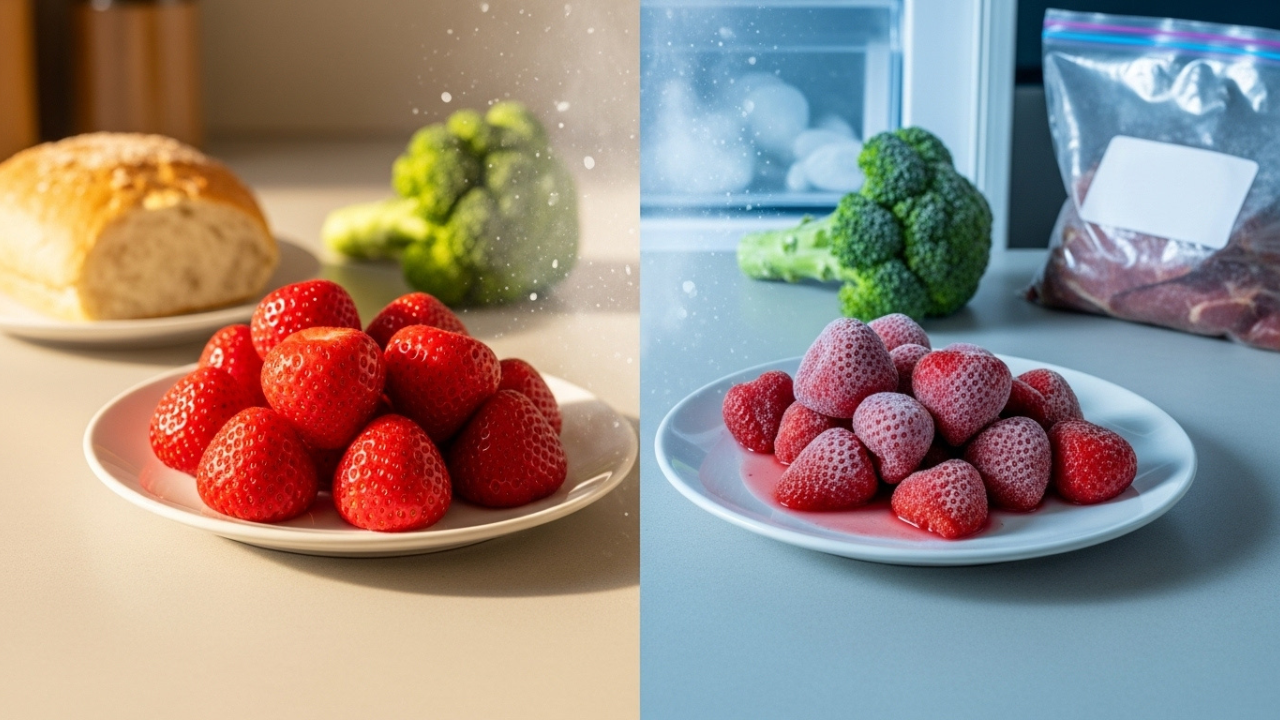

Leave a Reply